Today’s adventure was to a National Trust property not far from us that we had not yet been to. Ham House was built in the 17th century, and was once owned by the Royal family. It is alongside the Thames just outside of the town of Richmond. Richmond is part of Greater London, so I got a bit of big city driving today.
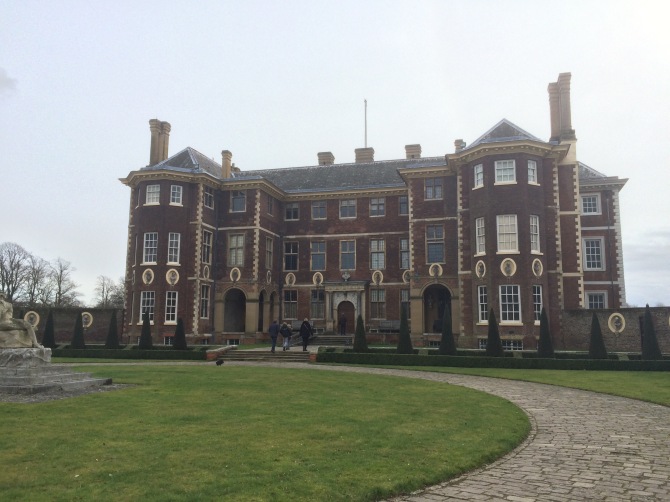
Today was dark and overcast, so I had to use the sun setting on my phone which washes out colors a bit.

The front door is original and it has a date of 1620 on it.

This is The Still House. This is the room that was formally used to distill ingredients to make medicine, cosmetics and confectionery. The owner of the house in the 1600s was Elizabeth, and she believed that snail water was good for gout. She put a quart of worms and a peck of garden snails in water and drank it. Sounds good, but apparently it was not effective.
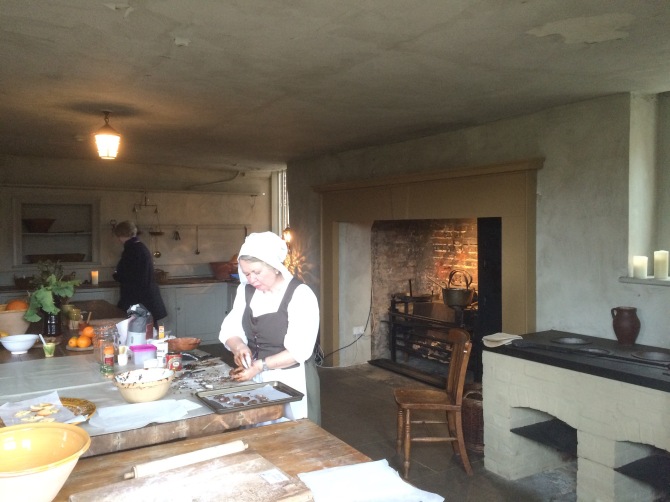
The Kitchen. The woman was making gingerbread cookies the same way they would have in the 17th century. She was trying to figure out ratios of ingredients so that the cookies could have the proper consistency to hold the shape of a mold as well as taste good. She pulled a batch out of the oven while we were there, but she didn’t like the taste so it will require more adjustment. The gingerbread recipe had no eggs and used treacle (like molasses) as a binder.
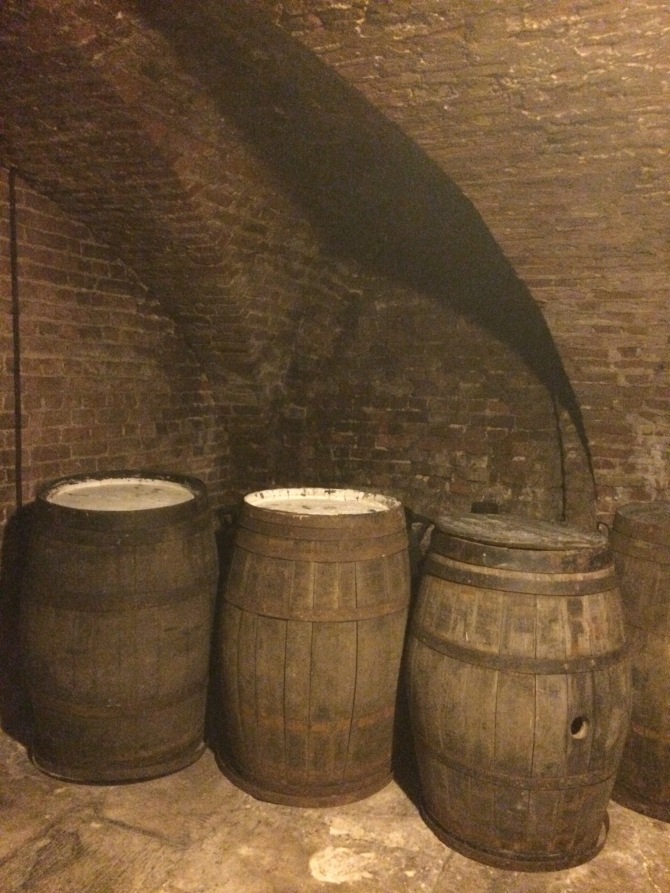
The beer cellar.
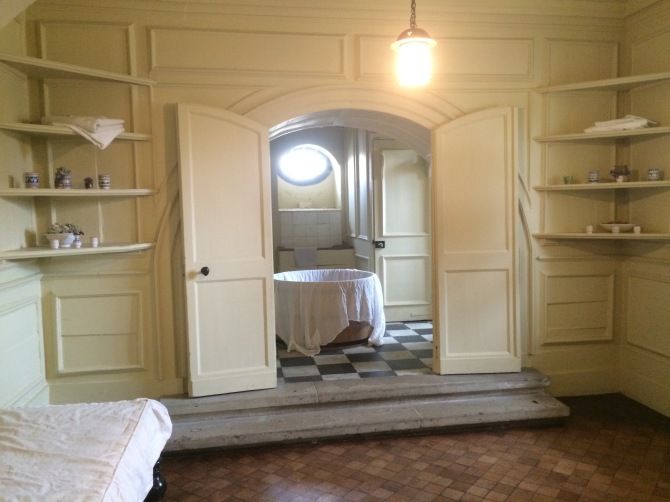
The Duchess’ Bathroom. This room was purpose-built as a bathroom in 1672 and the sign told us that it is the earliest surviving bathroom (purpose built for bathing) in the country. We can now check seeing the oldest bathroom in England off of our list. Little did we know that would happen when we got up this morning.

The sign also told us that Elizabeth would sit in this tub on the stool and servants would pour warm, scented water over her as she cleaned herself. Their was also a four poster bed in this room that Elizabeth used post-bath use in order to regain her strength after her strenuous bath experience.
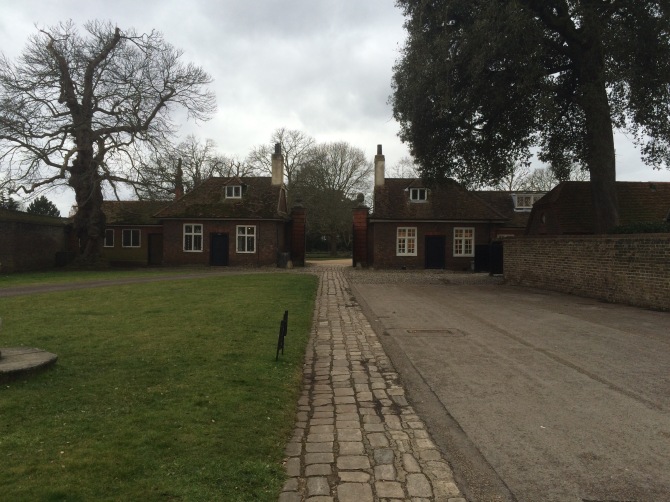
A couple of outbuildings. The one on the left is the former dairy.
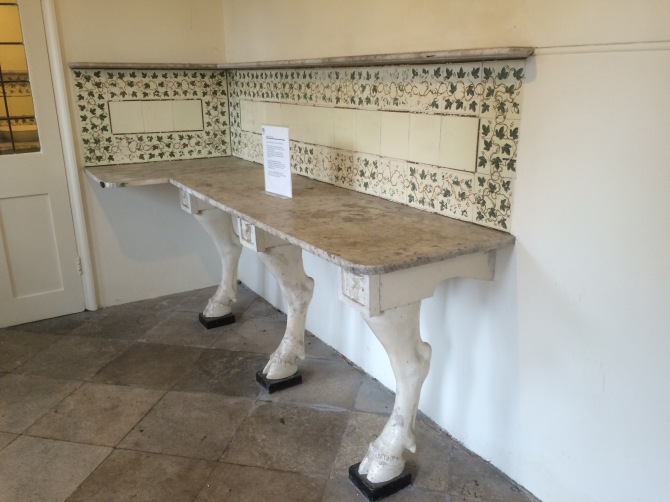
The counter (they call them a “benchtop” over here) in the dairy. I like the legs. The tiles here are original Wedgwood tiles from the 17th century, so they are worth a fortune.
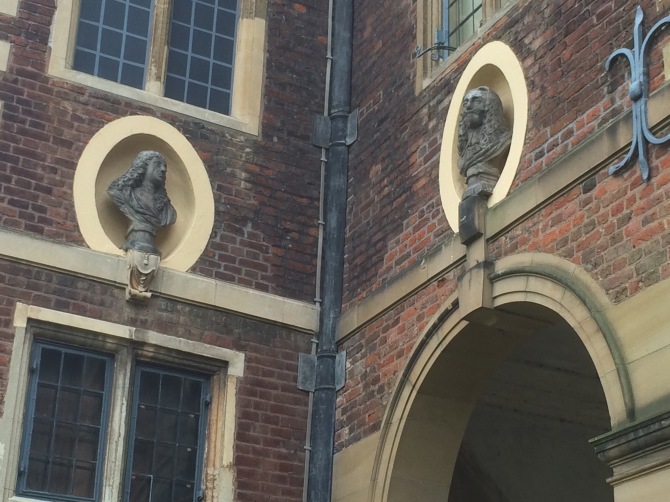
Statues of Charles I and II.
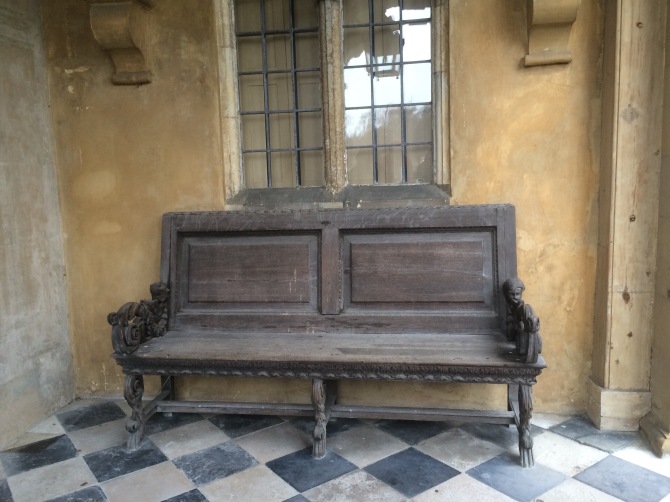
This wooden bench is original to the house and is from the 17th century.

A formal garden with box and lavender.
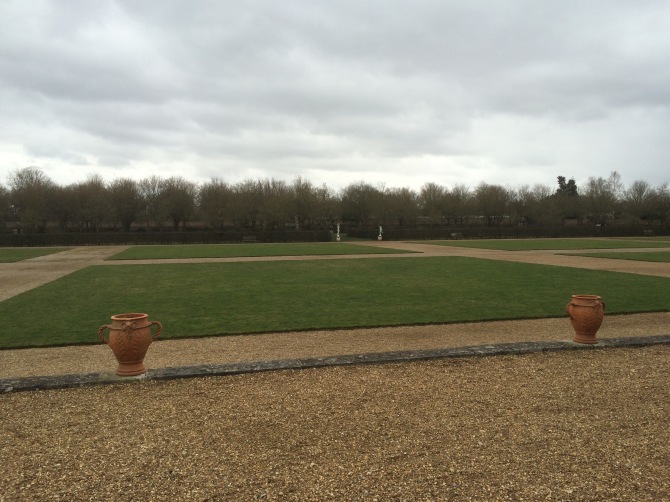
We had a garden tour and the guide told us that a manicured lawn was rare when it was put in. This lawn took two gardeners 2 1/2 days a week to maintain—no lawnmowers, only scythes. Only the super rich could afford lawns.
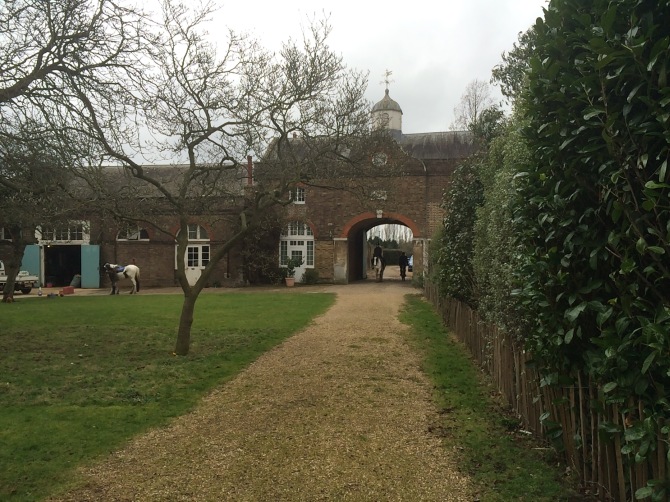
The stables. These were originally part of Ham House, but are not now. The National Trust owns the house but they were unable to afford the stables.
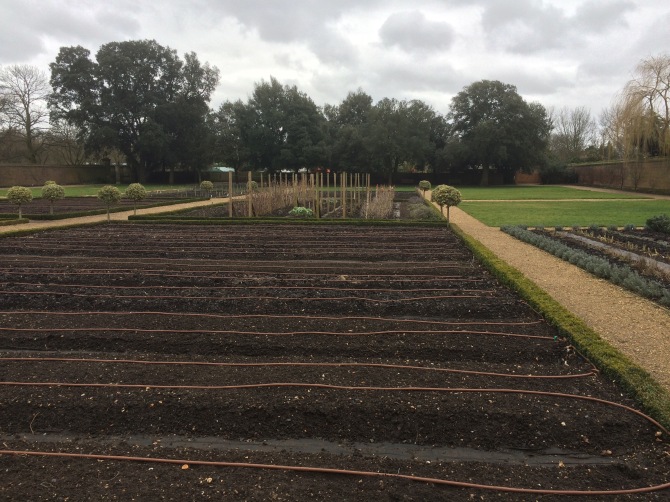
The kitchen garden.

The former orangery that is now the cafe. All of these properties have cafes that are always at least pretty good. This one even had cream teas.
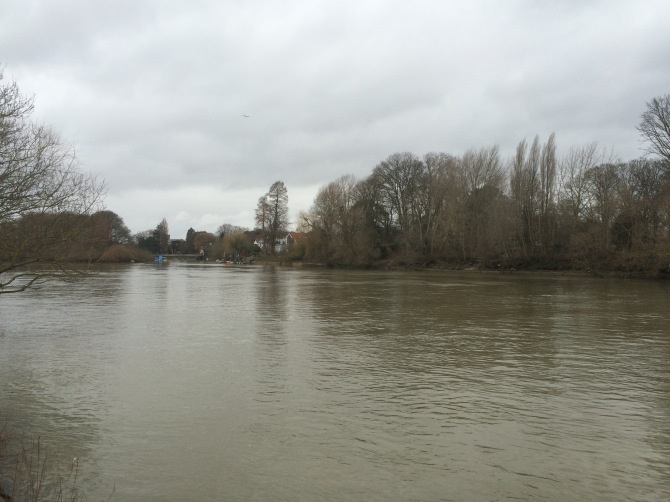
The house was pretty close to the Thames. We are not far from London, so you can easily get there by boat as well as to other palaces along the river like Hampton Court or the old Richmond Palace.
